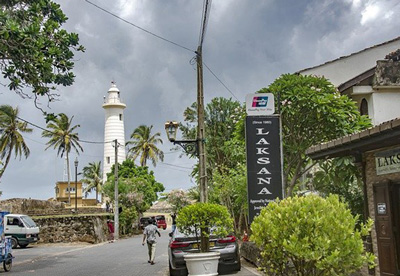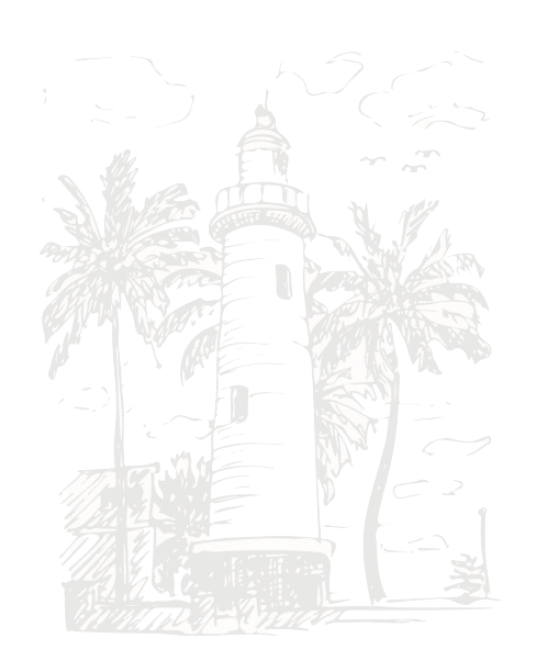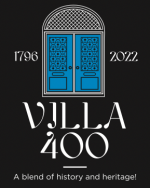

Nestled along the enchanting bay of Galle, on the serene southwestern coast of Sri Lanka, the Galle Fort stands as an enduring emblem of our nation’s profound cultural and historical legacy. For countless centuries, Galle has served as a pivotal gateway to Sri Lanka’s global trade, etching its presence in history books as a bustling regional epicentre dating back to 150 CE.
As a testament to its significance, Ptolemy’s ancient map highlighted Galle as one of the world’s most vibrant ports of its time—a pivotal player that left an indelible mark on the annals of history.
Over the ages, the Greeks, Romans, and intrepid Arab traders set their sights on this coveted haven, drawn by the wealth and treasures our nation had to offer.
In 1541, the Portuguese etched their initial footprint on the shores of Sri Lanka by erecting the foundations of the Galle Fort. The remnants of that era, including the echoes of the Franciscan chapel they raised, still linger as evocative ruins within the fort’s embrace.
In a mere blink of history’s eye, in 1640, the Dutch seized control of the fortress, initiating a transformative journey that would shape the fort and its architectural splendour as we recognize it today—a stunning testament to Dutch craftsmanship and design.
Like the city it’s set in, the Galle Fort is a rich blend of cultures. The architecture is a reflection of the many influences its inhabitants have contributed to the style and design of the surroundings over several centuries. The layers of cultural influences are embedded in the unique planning and design of the buildings. The residents of the fort represent all of Sri Lanka’s diverse ethnic groups as well as wandering travelers from many parts of the world especially Europe who settled here. Over generations, those who settled within the boundaries of the fort have created an exclusive identity that is not found in any other part of the country. It has been a melting pot and a blend of people from all walks of life, also representing creative mavens such as writers, artists, and designers.
The Galle Fort features buildings from both the Portuguese and Dutch eras, reflecting the bygone period of colonial domination in the city






The Galle Fort has long been recognized as a UNESCO world heritage site for its rich cultural blend and the unique identity it has maintained over the years. It has benefited from restoration and preservation by the Sri Lankan government with financial support from the government of the Netherlands. Under the careful observation of the Department of Archeology in Sri Lanka the restoration has ensured that the unique features of colonial architecture and cultural milestones are preserved.
Each building tells its unique story and silently speaks of the many phases and moods of those that lived within their walls. The surroundings and facades of most buildings remain unchanged transporting you to a bygone era. The Fort today is an epicenter of cultural events in the region be it literary festivals, rallies, tours, exhibitions and so much more. It is a place visited by many local and foreign tourists and harbours a range of spaces for entertainment and recreational activities.
There are two Museums situated within the fort. The Galle Museum depicts the rich cultural and historical artefacts of the city and the Maritime Museum which relays the significance Galle has played in Sri Lanka’s maritime history. The surrounding sea covering the area of the Galle Harbour is also home to over 21 shipwrecks holding within them the secrets and the evidence of riches that were traded and the lives that were woven around economic and cultural exchange over hundreds of years.
The Galle Fort has long been recognized as a UNESCO World Heritage site for its rich cultural blend and the unique identity it has maintained over the years. It has benefited from restoration and preservation by the Sri Lankan government with financial support from the government of the Netherlands. Under the careful observation of the Department of Archeology in Sri Lanka, the restoration has ensured that the unique features of colonial architecture and cultural milestones are preserved.
Each building tells its unique story and silently speaks of the many phases and moods of those who lived within their walls. The surroundings and facades of most buildings remain unchanged transporting you to a bygone era. The Fort today is an epicentre of cultural events in the region be it literary festivals, rallies, tours, exhibitions and so much more. It is a place visited by many local and foreign tourists and harbours a range of spaces for entertainment and recreational activities.
